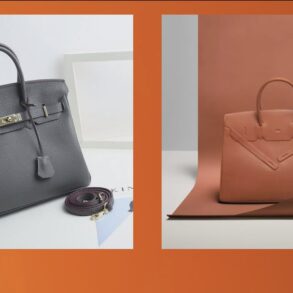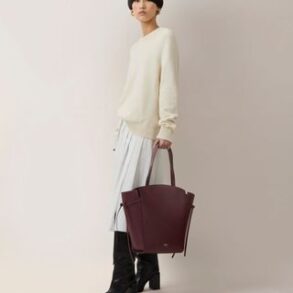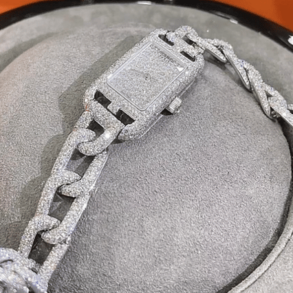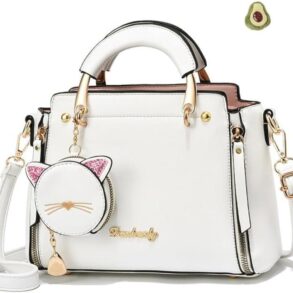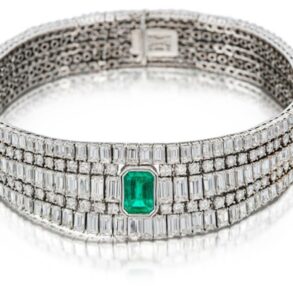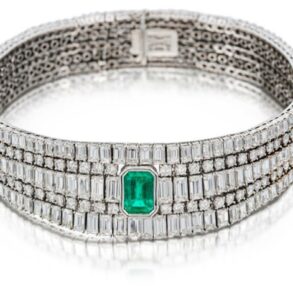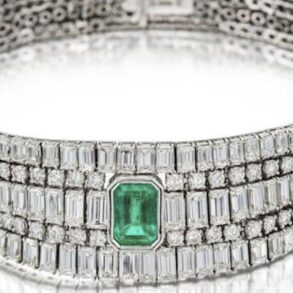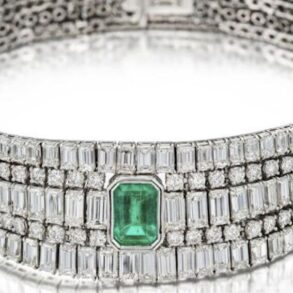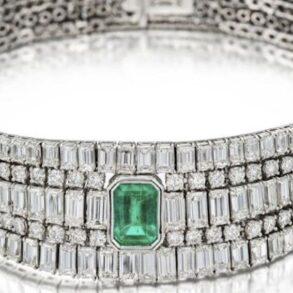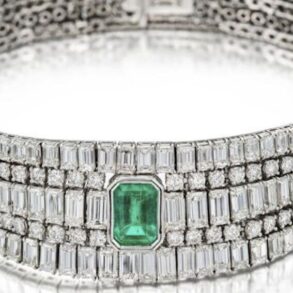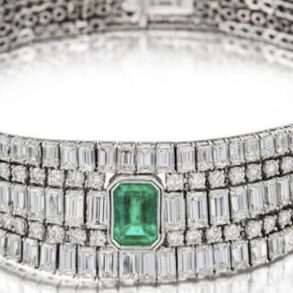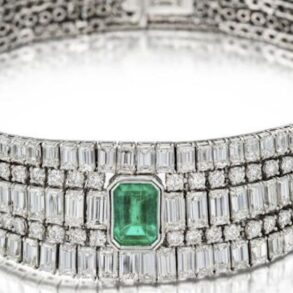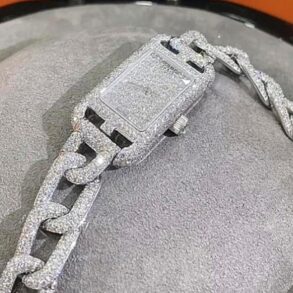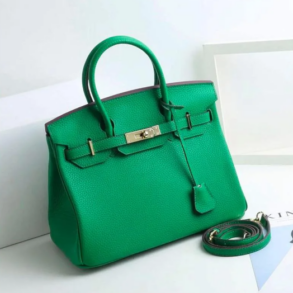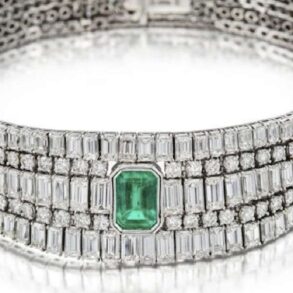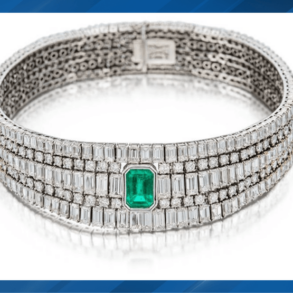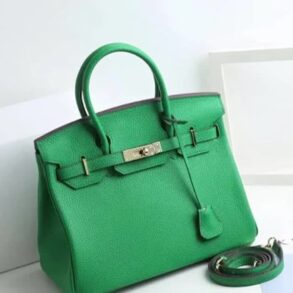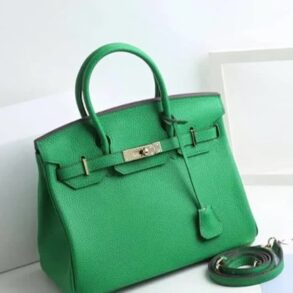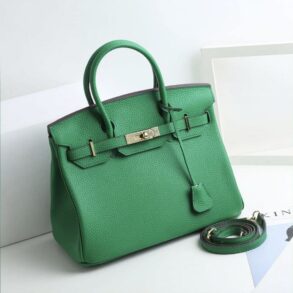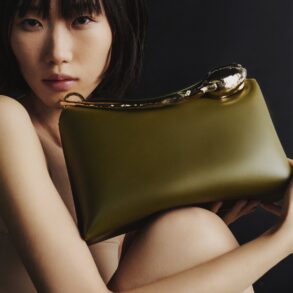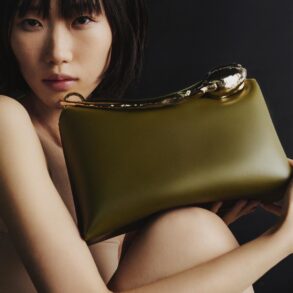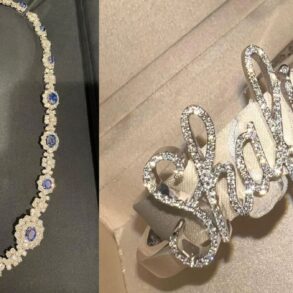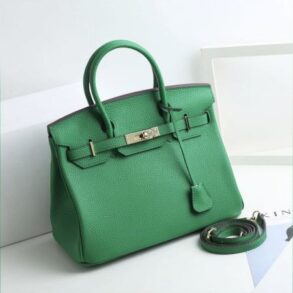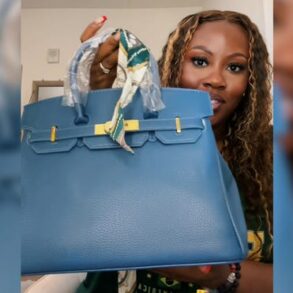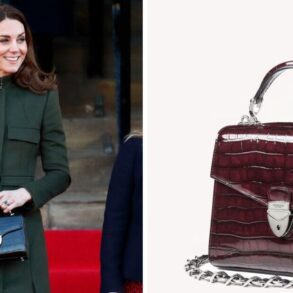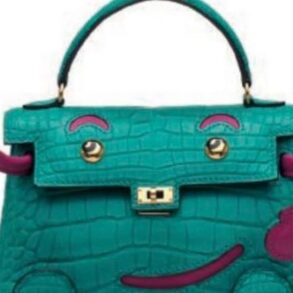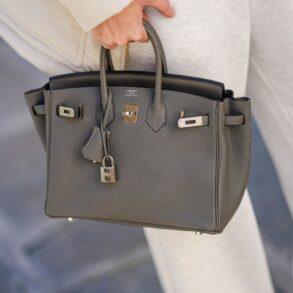To avoid investing in a business that’s in decline, there’s a few financial metrics that can provide early indications of aging. When we see a declining return on capital employed (ROCE) in conjunction with a declining base of capital employed, that’s often how a mature business shows signs of aging. This indicates the company is producing less profit from its investments and its total assets are decreasing. In light of that, from a first glance at Wah Sun Handbags International Holdings (HKG:2683), we’ve spotted some signs that it could be struggling, so let’s investigate.
Return On Capital Employed (ROCE): What Is It?
For those that aren’t sure what ROCE is, it measures the amount of pre-tax profits a company can generate from the capital employed in its business. Analysts use this formula to calculate it for Wah Sun Handbags International Holdings:
Return on Capital Employed = Earnings Before Interest and Tax (EBIT) ÷ (Total Assets – Current Liabilities)
0.11 = HK$31m ÷ (HK$371m – HK$98m) (Based on the trailing twelve months to March 2024).
Thus, Wah Sun Handbags International Holdings has an ROCE of 11%. That’s a relatively normal return on capital, and it’s around the 12% generated by the Luxury industry.
View our latest analysis for Wah Sun Handbags International Holdings
While the past is not representative of the future, it can be helpful to know how a company has performed historically, which is why we have this chart above. If you’re interested in investigating Wah Sun Handbags International Holdings’ past further, check out this free graph covering Wah Sun Handbags International Holdings’ past earnings, revenue and cash flow.
The Trend Of ROCE
In terms of Wah Sun Handbags International Holdings’ historical ROCE movements, the trend doesn’t inspire confidence. Unfortunately the returns on capital have diminished from the 17% that they were earning five years ago. On top of that, it’s worth noting that the amount of capital employed within the business has remained relatively steady. This combination can be indicative of a mature business that still has areas to deploy capital, but the returns received aren’t as high due potentially to new competition or smaller margins. So because these trends aren’t typically conducive to creating a multi-bagger, we wouldn’t hold our breath on Wah Sun Handbags International Holdings becoming one if things continue as they have.
On a related note, Wah Sun Handbags International Holdings has decreased its current liabilities to 26% of total assets. So we could link some of this to the decrease in ROCE. What’s more, this can reduce some aspects of risk to the business because now the company’s suppliers or short-term creditors are funding less of its operations. Some would claim this reduces the business’ efficiency at generating ROCE since it is now funding more of the operations with its own money.
Our Take On Wah Sun Handbags International Holdings’ ROCE
In the end, the trend of lower returns on the same amount of capital isn’t typically an indication that we’re looking at a growth stock. In spite of that, the stock has delivered a 21% return to shareholders who held over the last five years. Regardless, we don’t like the trends as they are and if they persist, we think you might find better investments elsewhere.
On a final note, we found 3 warning signs for Wah Sun Handbags International Holdings (1 is a bit concerning) you should be aware of.
If you want to search for solid companies with great earnings, check out this free list of companies with good balance sheets and impressive returns on equity.
Valuation is complex, but we’re here to simplify it.
Discover if Wah Sun Handbags International Holdings might be undervalued or overvalued with our detailed analysis, featuring fair value estimates, potential risks, dividends, insider trades, and its financial condition.
Have feedback on this article? Concerned about the content? Get in touch with us directly. Alternatively, email editorial-team (at) simplywallst.com.
This article by Simply Wall St is general in nature. We provide commentary based on historical data and analyst forecasts only using an unbiased methodology and our articles are not intended to be financial advice. It does not constitute a recommendation to buy or sell any stock, and does not take account of your objectives, or your financial situation. We aim to bring you long-term focused analysis driven by fundamental data. Note that our analysis may not factor in the latest price-sensitive company announcements or qualitative material. Simply Wall St has no position in any stocks mentioned.
This post was originally published on this site be sure to check out more of their content.




